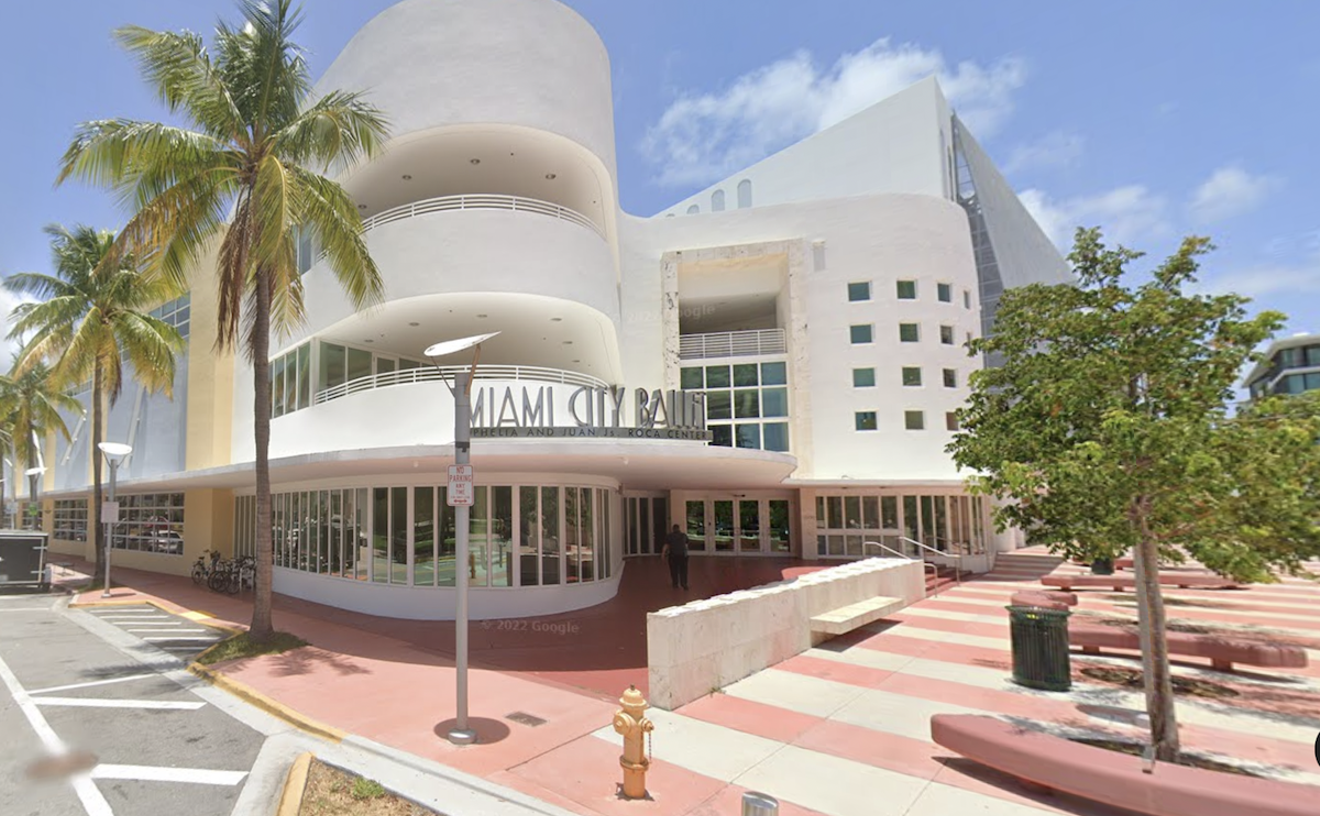Miami-Dade County's midyear clearance rate (the percentage of reported crimes that lead to an arrest) is just 15.4 percent, the lowest of any county in the state. That means nearly 85 percent of all crimes reported in Miami-Dade go unsolved. The second lowest county is Duval, with 17.3 percent of crimes cleared. The statewide clearance rate is 20 percent.
At the same time, police departments in Miami-Dade County arrest thousands of people each year for trespassing and possession of fewer than 20 grams of marijuana — both misdemeanors that police officers can issue a citation for instead of making an arrest. In the past three and a half years, Miami area police have arrested more than 6,700 people for possession of fewer than 20 grams of cannabis, over 6,700 people for cocaine possession, and more than 6,500 people for trespassing, booking data from the Department of Corrections show. In the first six months of 2018, more people were arrested for possession of under 20 grams of pot and trespassing (2,142) than for rape, murder, robbery, burglary, and motor vehicle theft (1,927).
The Miami-Dade Police Department, just one of
In 2017, 198 murders were reported in Miami-Dade County. Seventy-one resulted in an arrest, meaning 64 percent, or nearly two-thirds of murders in the county, go unsolved. The national clearance rate for homicide is 61.1 percent.
Similarly, 796 rapes were reported in Miami-Dade County in 2017, but only 175, or 22 percent, were solved. There were 75,242 larcenies reported; 9,908 were solved (meaning 87 percent of larcenies go unsolved). So while police departments are directing their resources to
As New Times noted last week, crime is trending downward in Miami-Dade County, but so is the rate of crimes solved. In 2015, arrests resulted from 76.4 percent of murders and 38 percent of rapes. Nearly every one of the most closely monitored index crimes — murder, rape, robbery, aggravated assault, burglary, larceny, and motor vehicle theft — saw clearance rates drop in Miami-Dade over the past five years (motor vehicle theft is the only exception; the clearance rate has risen from 7.8 to 11.3). The clearance rate for murder was 64.3 percent in 2013; by 2017, it had dropped to 36 percent, and the midyear stats are even lower (33.7).
Other highly populated counties, like Broward and Palm Beach, have similarly low midyear clearance rates for the above-mentioned index crimes (17.7 and 19.4 respectively). Yet Hillsborough County, which has roughly the same population as Broward and Palm Beach, has a clearance rate of 34.1 percent.
Other states do not measure clearance rates in the same way, so a state-by-state comparison of clearance rates is not feasible.












